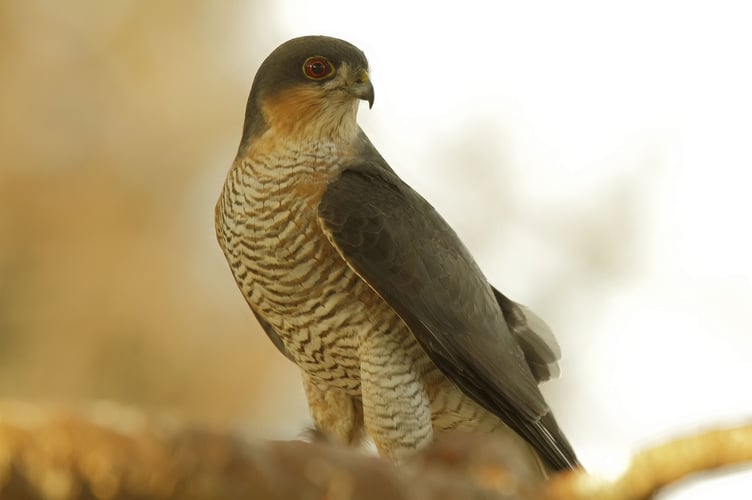Beavers are living wild on the River Otter in Devon after a gap of 400 years, reintroduced from populations in Europe that narrowly avoided extinction themselves. It is a great success to bring beavers back, and even more exciting to see how their return has helped other wildlife to flourish.
Deep pools are created behind the beavers’ dams that serve as nurseries for brown trout, frogs, toads, newts, dragonflies and damselflies. Water voles dig their burrows in the banks and silted-up dams, hidden from predatory mink. These beneficial relations between species should not really surprise us as they have lived and evolved together over millennia and so their life cycles are intertwined.
The eating, breeding, dunging, swimming, flying and trampling of different species create the habitat and conditions to support the survival of others, helping the whole ecosystem or web of life to thrive. Entire landscapes can be changed simply by the presence or absence of a species.
Such complex relationships are shown by the goshawk, a bird of prey that almost went extinct at the end of the 19th century. Goshawks hunt other birds at high speed, weaving in and out of trees, so it is surprising that their reintroduction has boosted populations of songbirds. The goshawks themselves do not bother hunting small birds but they hunt their predators, the crows and magpies who eat the eggs and chicks of many smaller birds.
The list of species that have disappeared from Britain over the centuries is long. We have lost around 400 plant and animal species in the past 200 years, most in the last century. Reintroductions aim to restore some of these missing species to their natural range, where their return will positively alter the environment to benefit the whole community.
We have already brought back species like the red kite that used to be a common bird even in the skies of London. The majestic white-tailed eagles, reintroduced recently to the Isle of Wight and spotted along the Devon and Cornish coasts, came from Scotland, whose population was in turn reintroduced from Norway. Translocation projects have also brought pine martens from Scotland to Wales and their reintroduction is now planned for Devon.
Concern about the reintroduction of species may be driven by seeing the damage that non-native species can do, like grey squirrels killing young trees (fortuitously the pine marten predates grey squirrels). It is unlikely that the return of missing native species will have similar unforeseen consequences, as they have lived here before.
Most of our native species present no risks to people and will live out their lives unnoticed by us. To see what impact they will have on farming and modern infrastructure, we need only look to Europe where these species still live.
Wildlife groups are calling on the new government to support and speed up the licensing process for the wider reintroduction of native species, because to see nature thrive here again, we need to be bolder in bringing back our missing wildlife.




